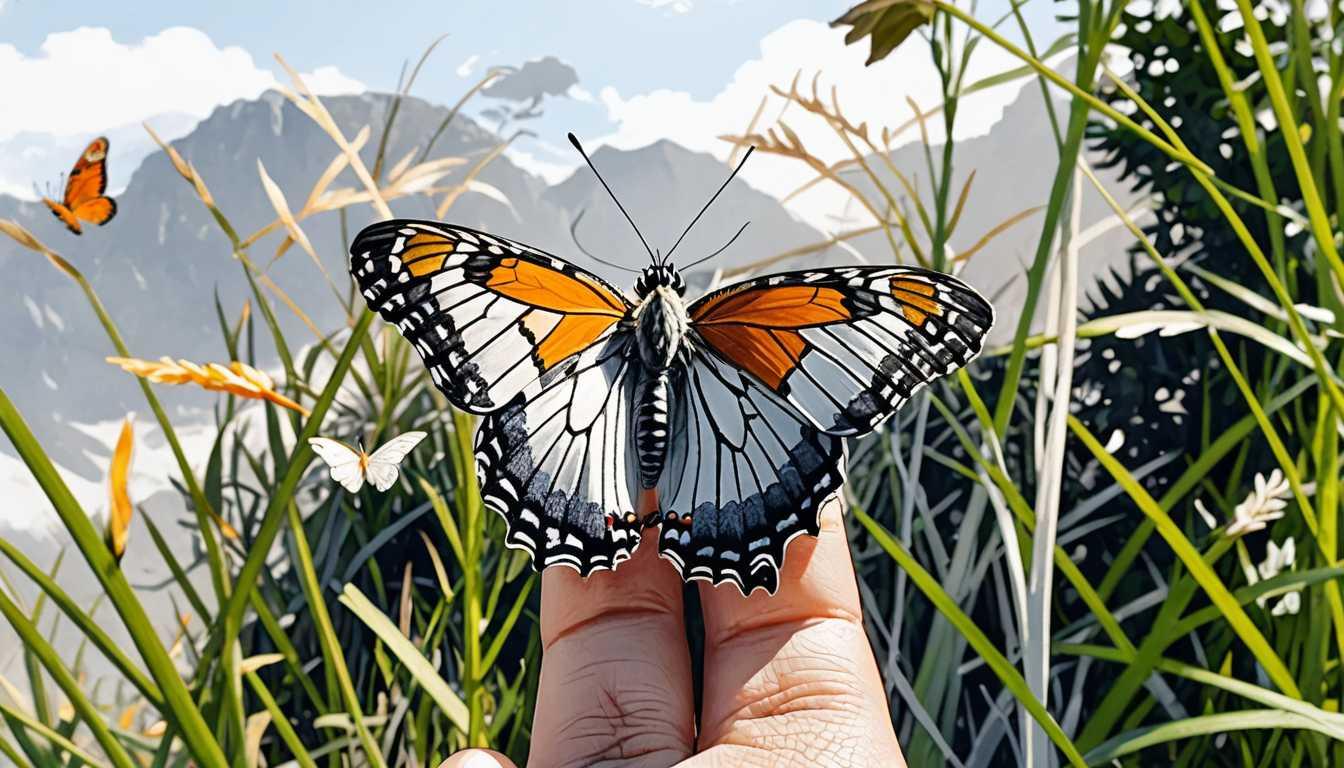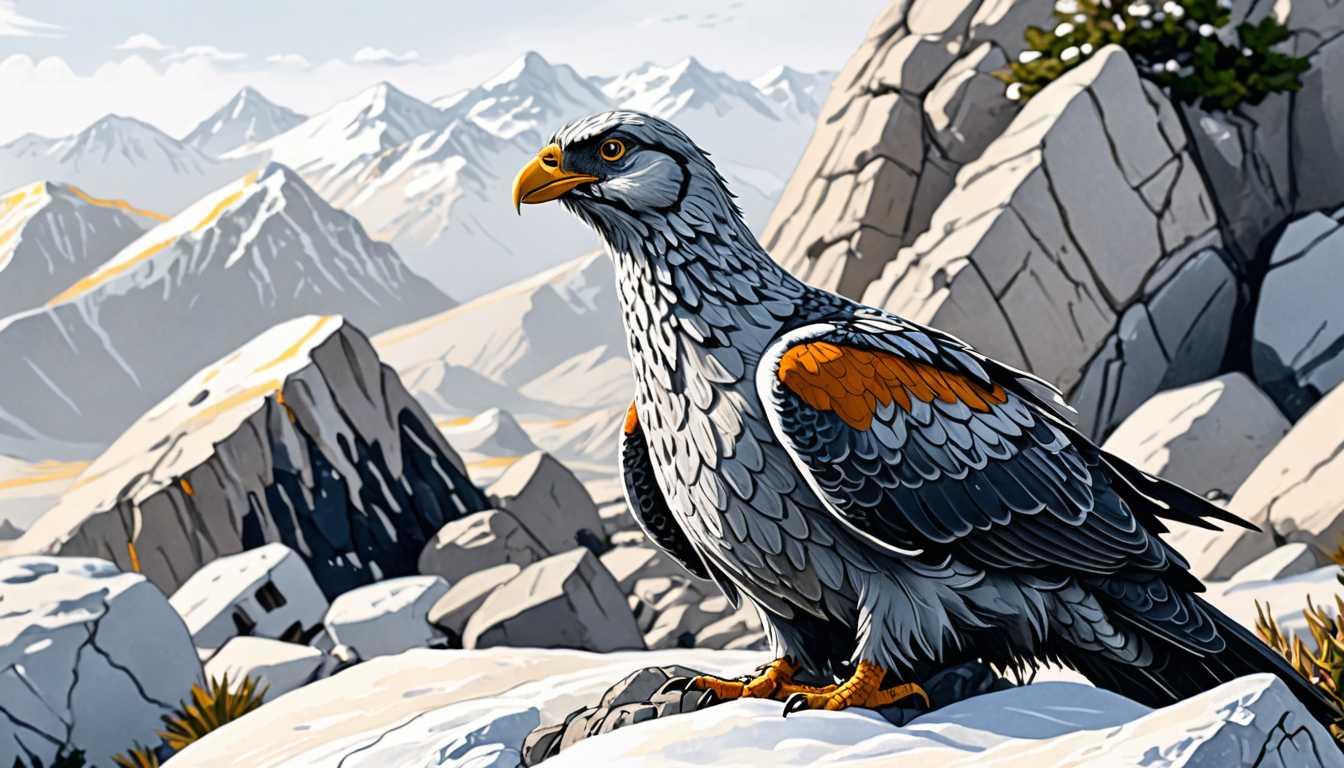Why Whales Became Ocean Giants
March 2023
Stanford University
Introduction
Dive into the depths with Stanford's latest research, revealing why the ocean's biggest stars, the rorqual whales, had to grow so gigantic. It turns out, chowing down on the sea's tiniest snacks, like krill, isn't just a preference—it's a survival strategy! But there's a catch: to feast enough to live, these behemoths need to hit a minimum size. With cutting-edge tech and some Antarctic adventures, scientists are unraveling the mysteries of whale gigantism and what it means for their future amidst rapid environmental changes. Get ready to be wowed by the life aquatic!
READ FULL ARTICLEWhy It Matters
Discover how this topic shapes your world and future
Giants of the Ocean and Their Tiny Feasts
Imagine the largest animal on Earth, the blue whale, relying on some of the smallest creatures in the sea for survival. This fascinating dynamic highlights not only the wonders of nature but also the critical balance within ecosystems. The recent Stanford study sheds light on why these marine giants, specifically rorqual whales, needed to grow so large, focusing on their unique feeding strategy. The implications of this research stretch far beyond the ocean, touching on themes of adaptation, survival, and the impact of environmental changes. For you, this could spark curiosity about how seemingly unrelated elements of the natural world are interconnected, influencing thoughts on conservation, the science of survival, and the effects of climate change on all living beings.
Speak like a Scholar
Filter feeders
Animals that feed by straining suspended matter and food particles from water. Imagine using a strainer to catch pasta while letting the water flow out.
Lunge feeding
A feeding strategy where whales accelerate towards a dense cluster of prey, engulfing a massive volume of water and prey, then filtering the water out. It's like opening your mouth wide to catch as many falling candies as possible at once.
Biologging tag
A device equipped with sensors and cameras, attached to animals to record their movements and behaviors in their natural habitat. Think of it as a high-tech backpack that shares the animal's story with scientists.
Krill
Small crustaceans found in the ocean, forming a significant part of the diet for whales, fish, and birds. Picture them as the popcorn of the sea for many marine animals.
Physiological extremes
Conditions or traits that push the limits of what is typically observed in the natural world, such as the immense size of blue whales. It's like being the tallest or fastest person in the world, but for animal abilities.
Energetically efficient
Using the least amount of energy to do the most work. Similar to finding the quickest and easiest way to finish your homework, so you have more time for fun.
Independent Research Ideas
The evolution of whale feeding strategies
Investigate how different whale species have evolved unique feeding mechanisms over millions of years. This could reveal fascinating insights into adaptation and survival in the marine world.
Impact of climate change on marine food webs
Explore how rising temperatures and changing ocean conditions affect the availability of krill and other critical food sources for marine animals. It's like examining how changes in the grocery store's inventory might affect what's for dinner.
The role of technology in marine biology
Delve into how cutting-edge technologies like biologging tags and drones are revolutionizing our understanding of marine life. This could lead to discoveries about the hidden lives of ocean giants.
Comparative analysis of energetic efficiency in marine animals
Compare how different marine animals, not just whales, optimize their energy use for feeding, moving, and surviving. It's a chance to see who are the marathon runners and who are the sprinters of the sea.
The future of the world's largest whales
Speculate on the future of giant whales in a rapidly changing world, considering factors like food availability, habitat changes, and human impacts. This project could blend science with imagination to ponder the fate of these magnificent creatures.
Related Articles

Avian Adventurers: Climate's Challenge
December 2023
Imperial College London

Wings of Change: Butterflies vs. Climate
July 2023
University of Cambridge

Caterpillars: Detecting Danger with Static Electricity!
May 2024
University of Bristol

Dolphins & Humans: An Unlikely Team
January 2023
Max Planck Society

Everest: A Peak of Biodiversity
September 2022
National Geographic